Why Do Dogs Have Serrated Lips?
The dog lovers that we are, we are constantly seeking to learn more about our favorite canine companions. Whether it is their behavior, physiology, or anatomy, you might often catch yourself wondering what is going on with your dog.
Strange features in your pooch’s face can include loose skin, a flat face, a short snout, and ridges on the lips. These wrinkly ridges are also called serrations and are naturally present in many species of dogs.
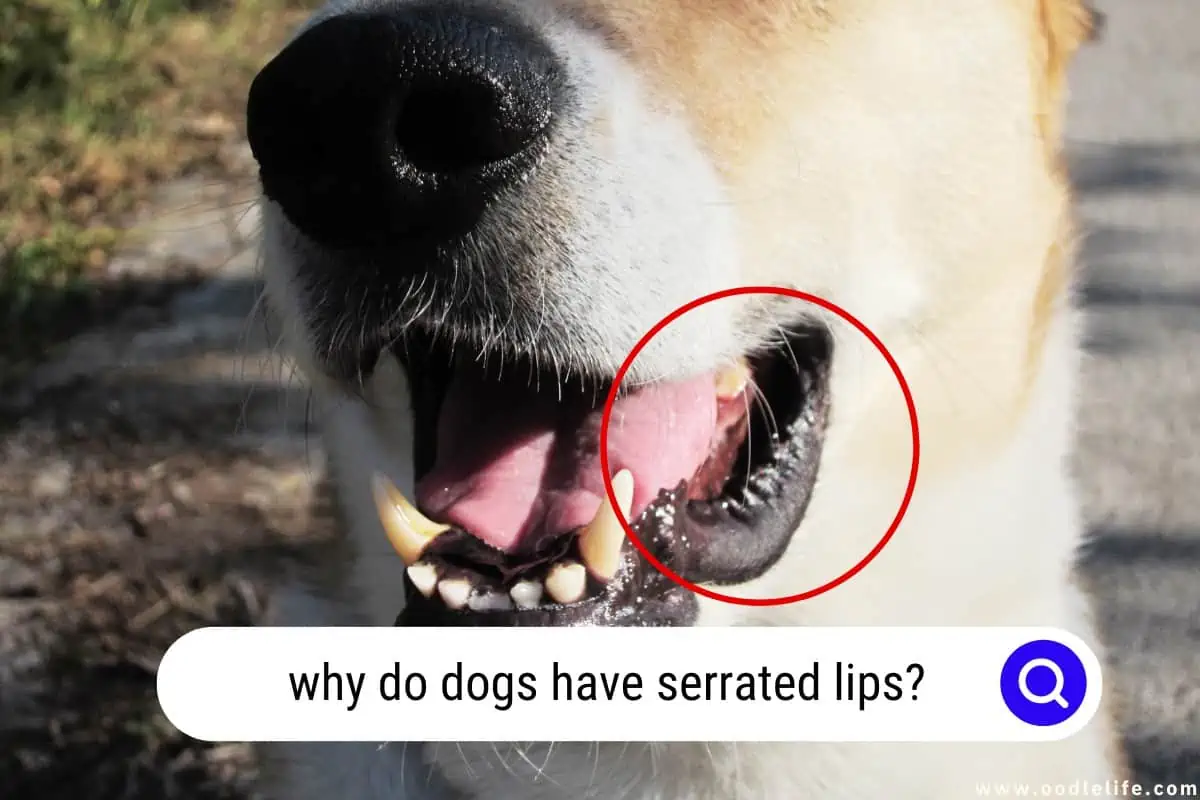
So why do some dogs have serrations while others have smooth, tight lips? As of now, no one has proven a logical and evolutionary reason behind serrations.
However, some veterinary experts have speculated on some logical theories on why serrated lips occur in some dogs. In this blog post, we’ll look at why some dogs have them and what purpose they are likely to serve from a behavioral and physical standpoint.
Why Do Dogs Have Serrated Lips?
Canine and veterinary experts have speculated for long over why serrated lips occur in many species of dogs. Here are some of the reasons:
1. To Protect The Lips From Damage
Among the most common theories is that dogs have evolved serrations in their lips to protect them from their own teeth. Dogs have sharp, pointy teeth that overlap each other when the mouth is closed. However, it might be interesting to note that dogs don’t seem to damage their lips when chewing on stuff.
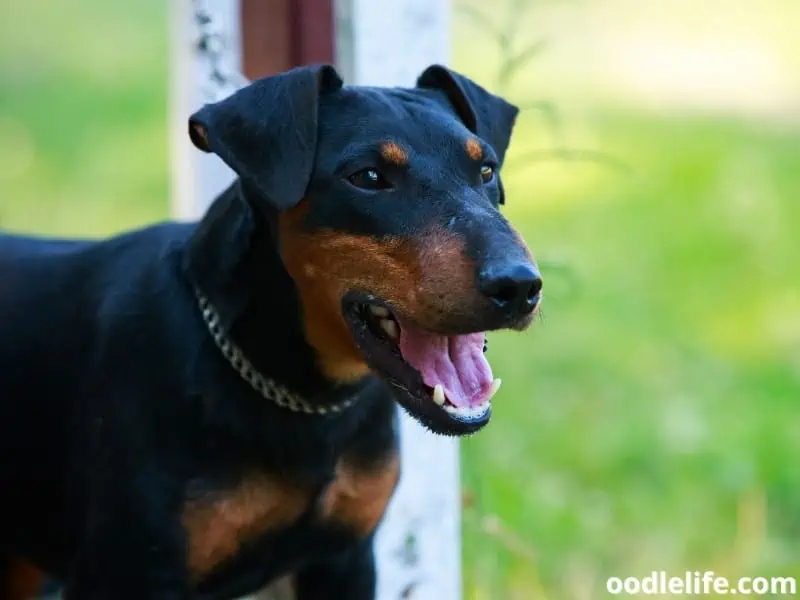
The reason could be because of the serrations in the lips that protect them from cuts, damage, or bacterial infections that sharp teeth can cause.
When a dog closes its mouth, the teeth seem to fit nicely in the grooves of the serrations, and the flexible, rubbery nature of the lips keeps the teeth apart, providing an extra protective layer.
2. To Get A Better Grip
Unlike humans and their opposable thumbs, dogs use their mouths to grab or grip the things they want to carry. It is a dog’s normal instinct to grab items like bones, toys, balls, or frisbees.
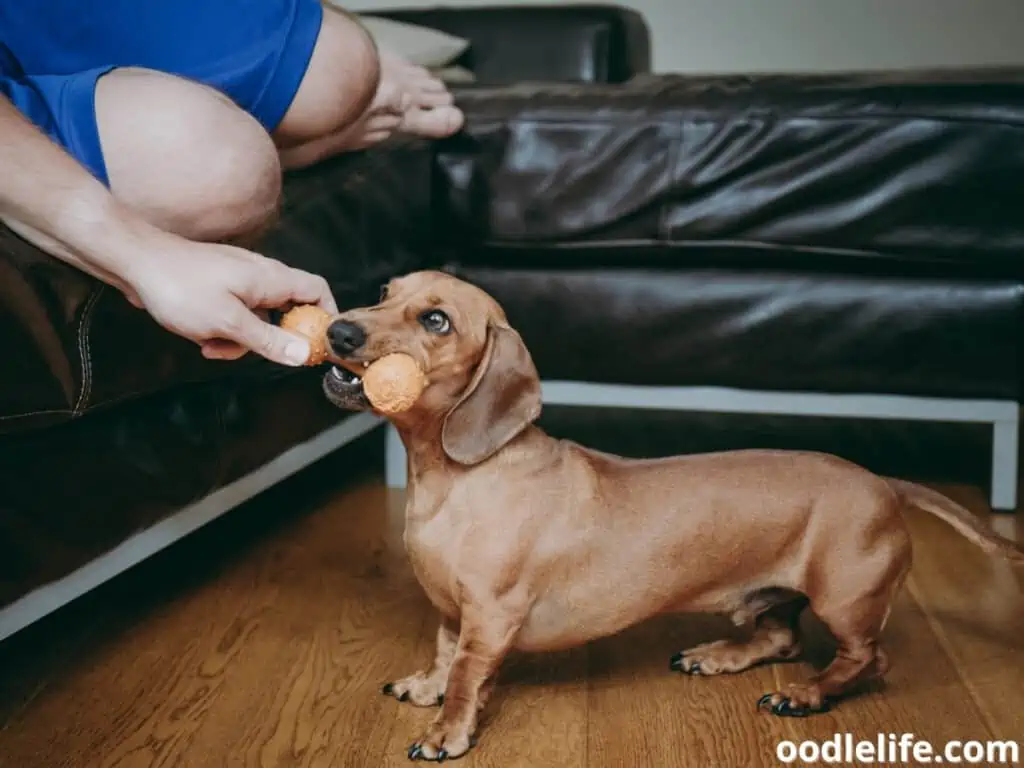
Doggy experts believe that the serrations in the lips help support teeth while gripping onto stuff. Over time, the domesticated dog might have evolved those serrations to enable them to carry heavier objects with minimal effort.
3. For Good Dental Health
Fredrick Wood Jones, a British professor of Anatomy, coined this theory. He acknowledges the role of serrated lips in maintaining good dental hygiene and explains that dogs might have evolved serration to clean their teeth.
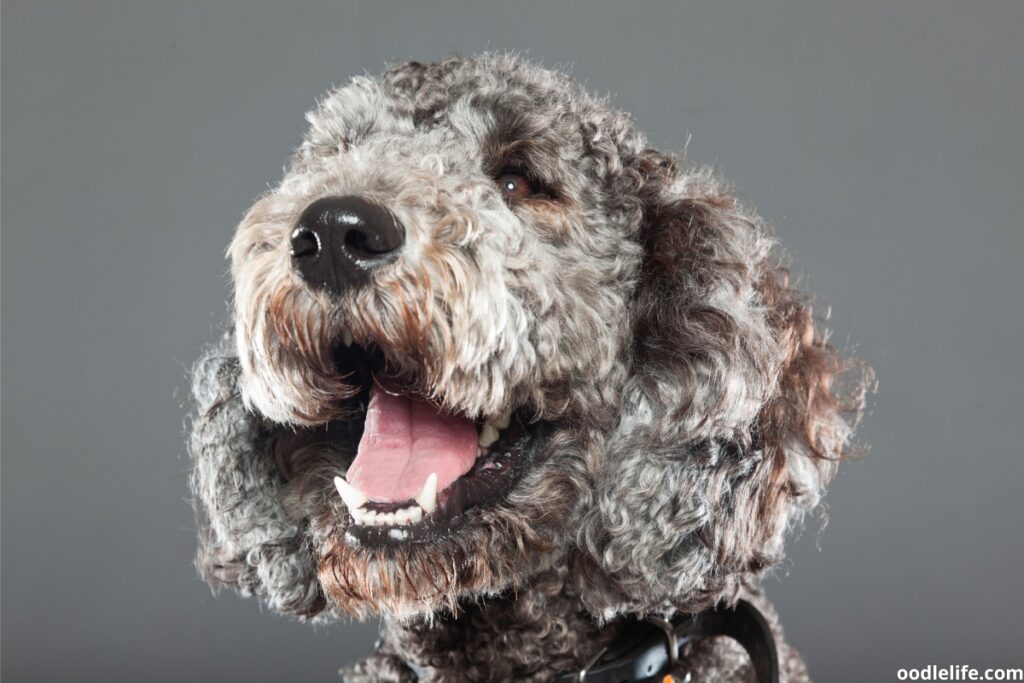
Due to the rough appearance of serrations, the increased friction cleans the teeth, unlike humans, who can conveniently use a toothbrush. Our canine buddies have to use dental chews and toys, ideally with soft spikes which can clean their teeth, just like the serrations do in their mouths.
4. To Help Cool Them Down
If your pooch is particularly susceptible to heat, you’ll notice that a hot, humid environment would cause him or her to pant heavily.
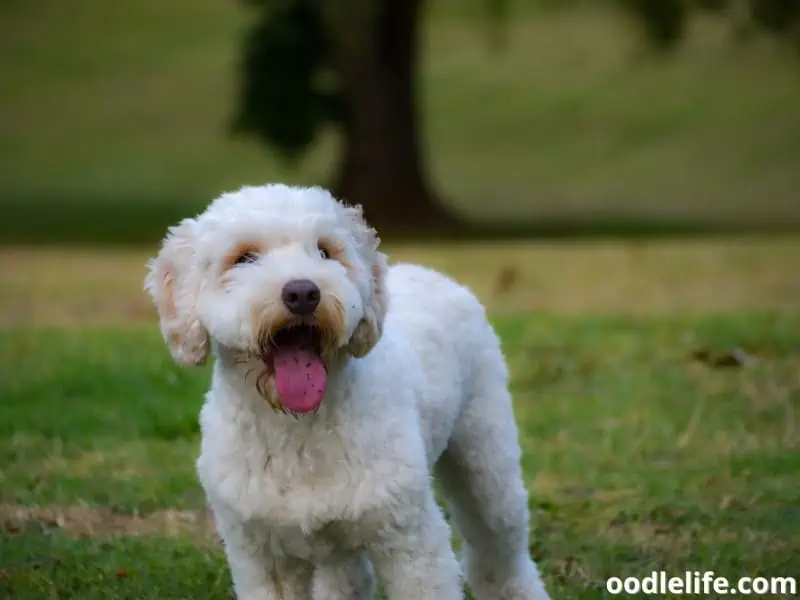
When panting, your dog evaporates their saliva into the atmosphere, cooling them down and decreasing their body heat. While they can also cool down by sweating through their paws, dogs lose the majority of their heat through panting.
The increased surface area that the serrations allow for enhances the cooling effect as it gives more opportunity for the moisture to evaporate.
5. To Control The Pressure While They Carry Their Puppies
We see dogs having all kinds of stuff in their mouths, but if you have ever raised a litter, you’ll know the Mama dog often carries her puppies in her mouth.
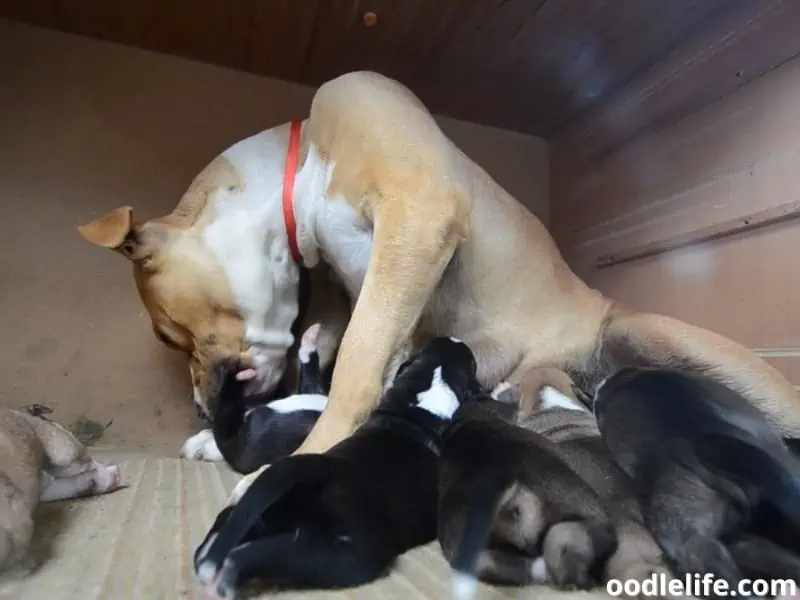
Once the pups are born and enter into the world, it is the mother dog’s responsibility to carry them from place to place. The mother instinctively protects and carries each pup–regardless of their size or weight–in her mouth.
This special behavior helps safeguard the puppies from harm, as she shields them between her teeth like a protective cover. In addition, carrying them in her mouth allows her to have a heightened awareness of their condition and enables her to quickly react if any danger should arise.
The serrations have been known to maintain the ideal balance between force and pressure, allowing Mama to carry her pups without hurting them.
6. To Maximize Their Mouth Openings
A dog’s mouth is significantly different from ours. They have large, wide mouths, small cheeks, and an elongated muzzle. The serrations on their lips are known to help dogs open their mouths more widely, providing extra space which allows them to pick up bigger stuff.
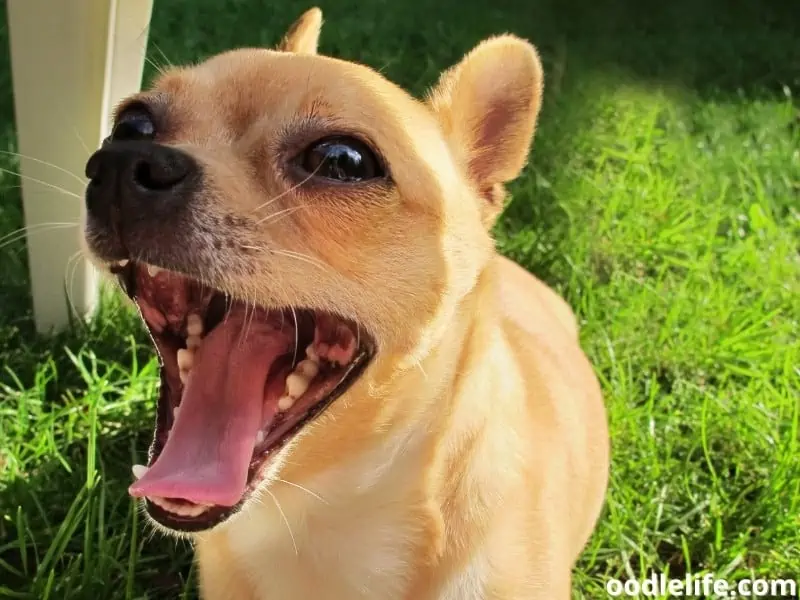
7. Helps A Puppy Nurse
Going in line with having a good trip, a young pup stumbling blindly around would appreciate having a nice, firm grip on its mother’s teat to nurse.
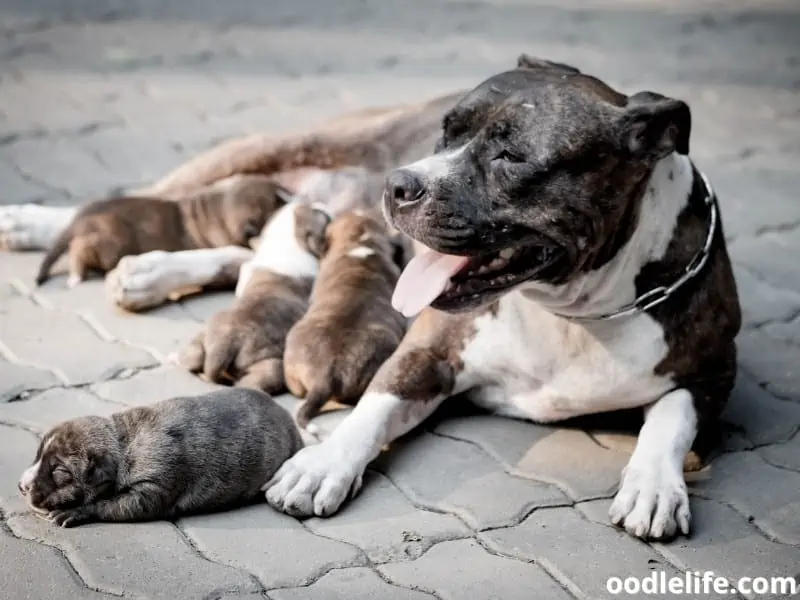
It is known that the presence of serrations can help a pup nurse properly during lactation.
8. Increases Taste
According to some experts, dogs do not have too many taste buds on the tongue, and their sense of taste is not limited to the tongue but spread throughout their mouths.
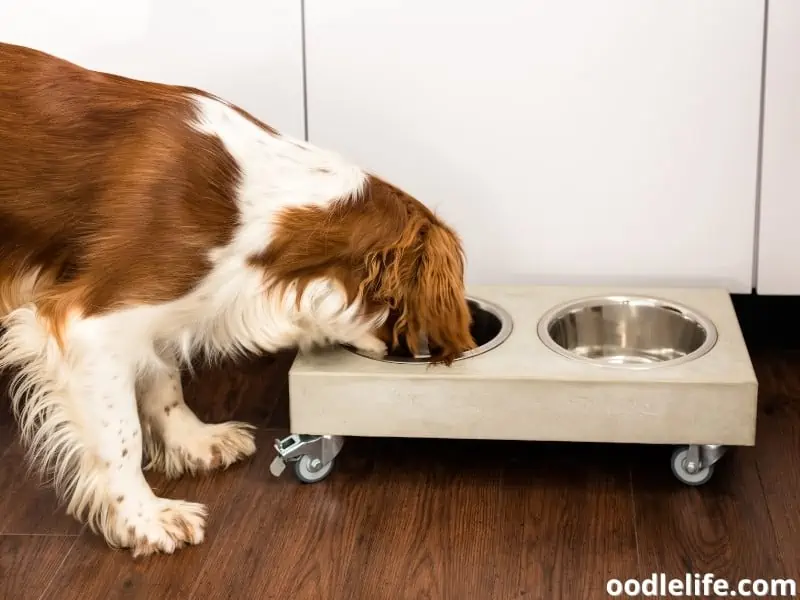
The presence of serrated lips could have a converse relationship with their sense of taste, enabling some dogs to taste better. This could also be one of the reasons why some dogs are gluttons and some are finicky eaters!
9. Contributes To Body Language
Dogs rely heavily on body language to communicate with other animals and humans. They have full, expressive language if you know what to look for.
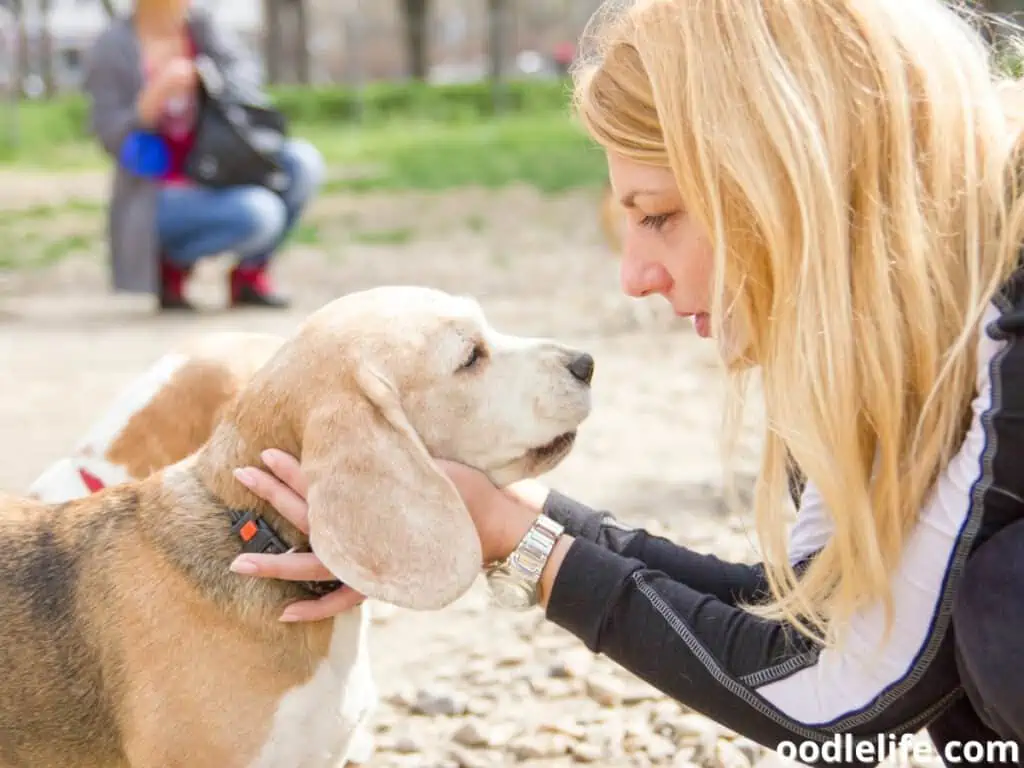
A dog’s face is the most demonstrative area of the body through which, your buddy is trying to tell you something. The more features are present in the face, the more communicative your dog can be.
When Should You Be Worried?
Serrations on a dog’s lips are normal and countless breeds have them. However, if you notice something else untoward, you might want to check it out more thoroughly.
Here are a few things that could pass as serrated bumps, but are not:
1. Tumors
When it comes to tumors in dogs’ lips, pet owners should be aware of the potential for these growths to develop. Many lip tumors in dogs are benign, noncancerous growths such as lipomas, or collections of fat cells that may form an abnormal lump beneath your dog’s skin.
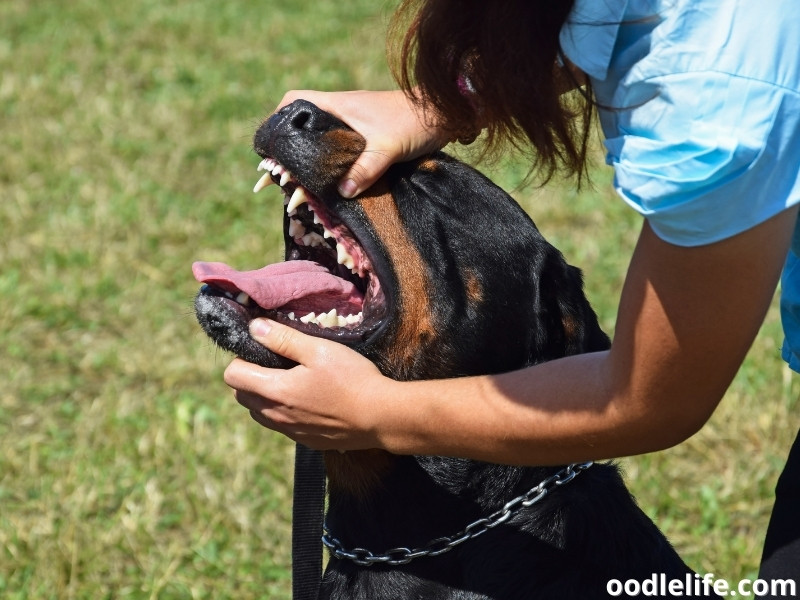
In other instances, however, the growths can be malignant tumors. Symptoms of a potential tumor include swellings or lumps on the lips; discolored areas; bumps or ulcers on the gums; and bleeding from the mouth. Left untreated, a tumor can spread throughout the body.
Because of this serious possibility, you should seek veterinary care if you suspect your dog has developed a tumor on its lips or in its mouth. With prompt treatment and appropriate care, many of these cases can be treated effectively with few side effects on your pooch’s life expectancy.
2. Oral Papillomas
Oral papillomas in dogs can be an incredibly concerning diagnosis for pet owners. An infection of the papillomavirus is responsible for these benign tumors, which are known to affect a dog’s mouth and lips, among other areas.
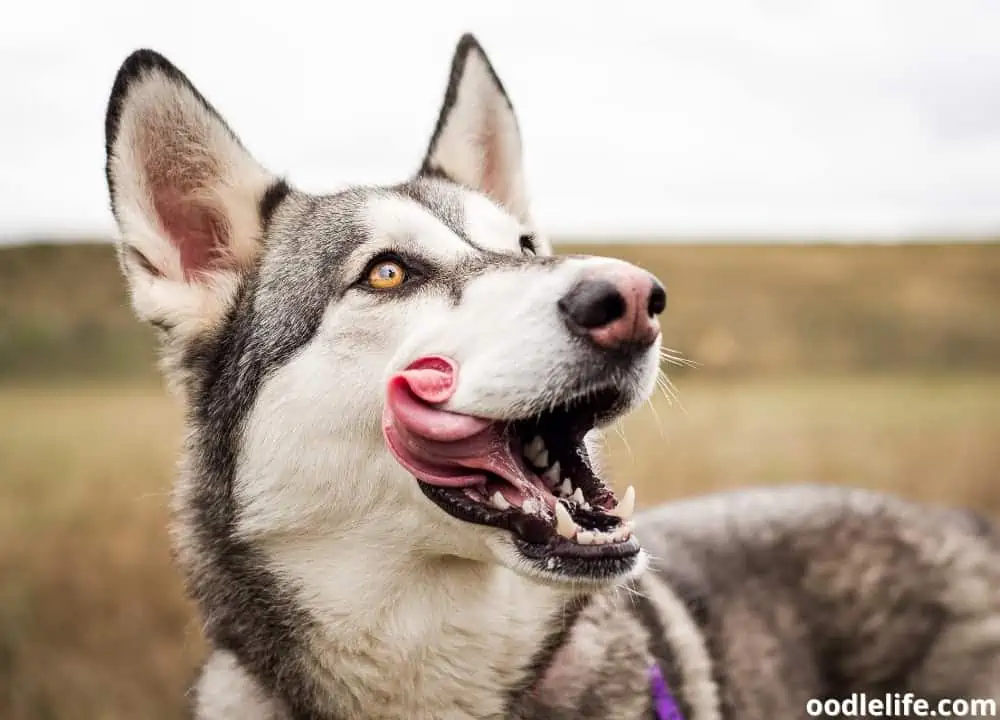
Fortunately, if caught early, oral papillomas in dogs can often be easily treated with surgery as well as topical treatments under the direction of a veterinarian. However, even if the treatment for your dog’s disease is successful, it is important to make sure that you continue to monitor your pet for signs of recurrence.
Regular trips to the vet and thorough dental exams are recommended for canine companions who have had this type of tumor in the past. Doing so can help ensure your pup’s continued well-being.
3. Canine Acne
Dog owners often overlook canine acne. However, this condition is quite common and can cause psychological stress to both the pet and the owner. Dogs of all ages, usually between five and nine months old, can be affected by this skin disorder.
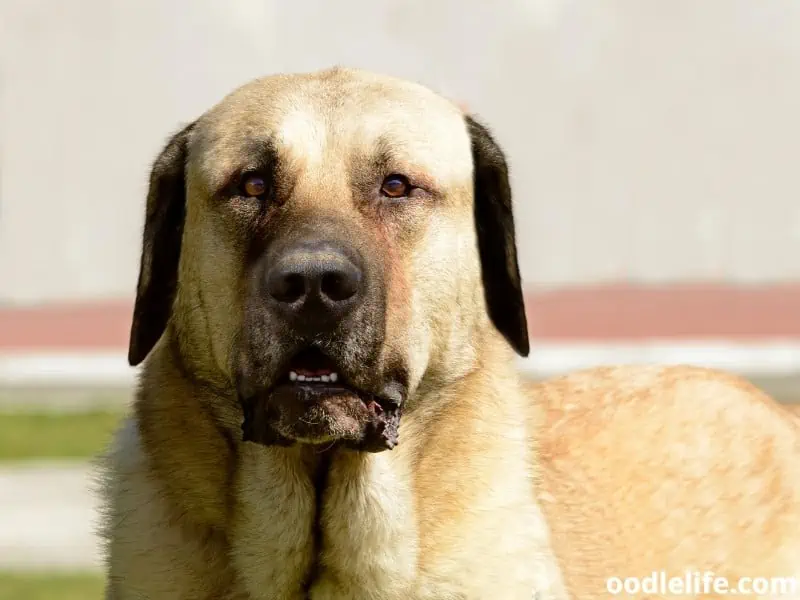
Canine acne can range from mild blackheads to more severe pustules – similar to pimples seen in humans – that are followed by scabbing and eventually scaring.
Treatment options include cleaning and drying the affected area, altering a dog’s diet, administering topical medications, or prescribing antibiotics depending on the severity of your pet’s individual case.
Caring For Your Dog’s Lips
Serrations on your dog’s lips don’t need significantly different treatment than a dog with non-serrated lips. You’ll still have to practice good dental hygiene to keep your dog’s lips in tip-top shape.
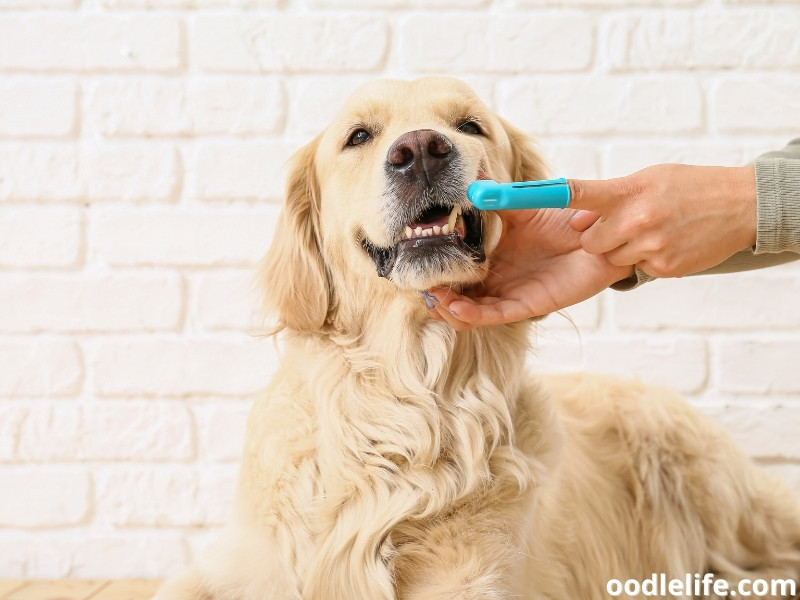
Licking their lips or drinking can lead to cracking and dryness, so it’s important to apply canine lip balm or oil on your pup’s lips regularly. This helps create a guard against bacteria, prevent drying out, and give the area some restoration.
You will also want to keep an eye out for any form of inflammation as well as sores or cuts which can be caused by sharp objects in the vicinity or environmental variations such as extreme heat or cold.
As always, provide plenty of dental chews and brush your dog’s teeth regularly with a doggy toothbrush and canine toothpaste. Periodontal disease affects 80% of dogs above the age of three, and you certainly don’t want Fido losing their teeth prematurely!